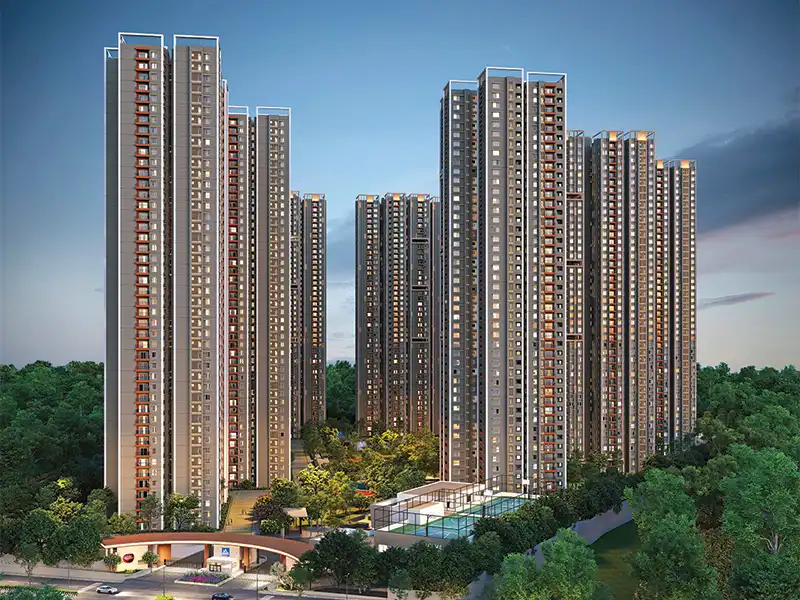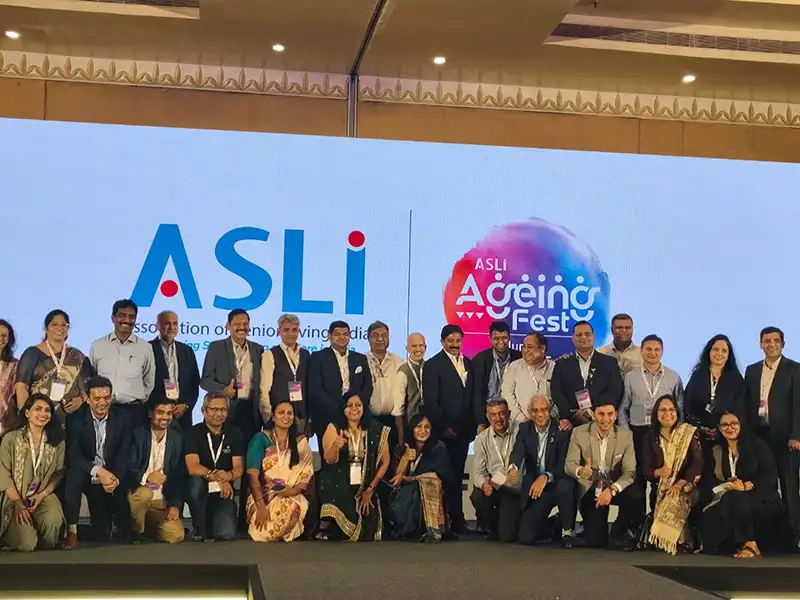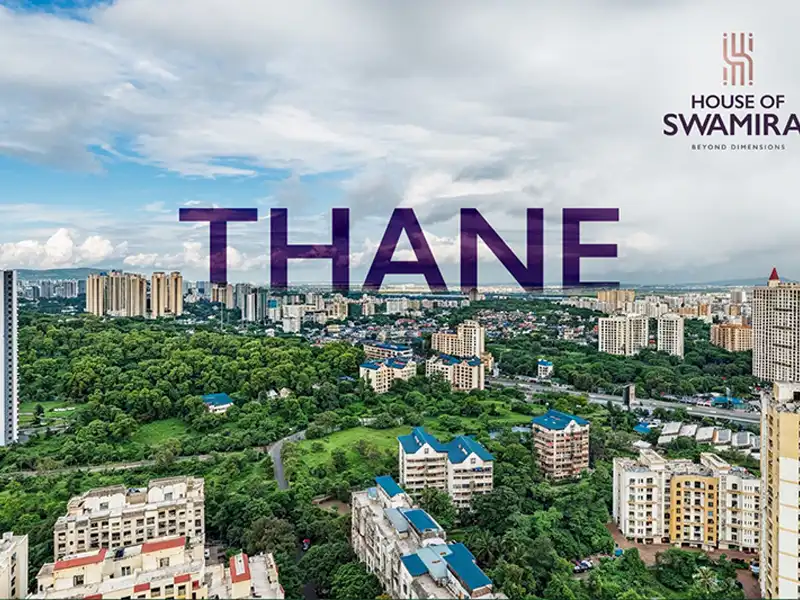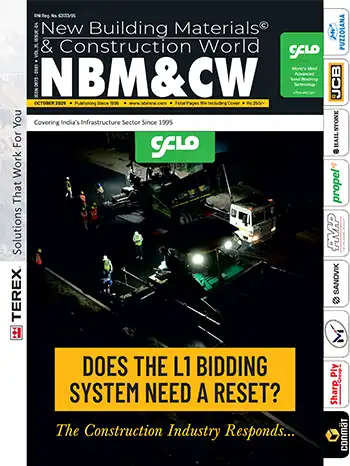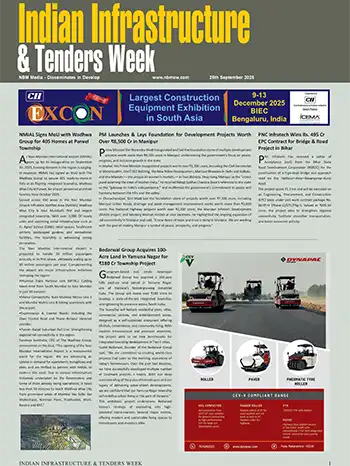What initiatives is IPA taking towards water conservation and management?
The Indian Plumbing Association has launched a water management program called the “I Save Water Campaign”, through which, IPA is committed to saving about 130 crore litres of water this year.
IPA has been involved in saving water since 2013 by launching a Water Efficient Products-India (WEP-I) standard. WEP-I is a recommendation to the industry and the Government on the water volumes required for different products - Taps, Showers, Cisterns, Urinals, Washing Machines etc., at par with international standards of countries that practice water sustainability. The standard was appreciated by all the verticals of the trade and has been adopted in practice. IPA also plans to educate the general public on the use of aerators which will save water by almost 40%. IPA is also conducting poster competitions for school children to create awareness about the water-saving campaign.
IPA plans to educate the general public on the use of aerators which will save water by almost 40%. IPA is also conducting poster competitions for school children to create awareness about the water-saving campaign
Gurmit Singh Arora, President, IPA
What new plumbing codes have come into effect?
Earlier to the year 2008, the only plumbing code available in the country was National Building Code of India-2005. (NBC-2005), in which, chapter 9 covered water supply, drainage systems, and the design and installation of plumbing works in India, along with SP-35.
When the Indian plumbing industry started introducing a lot of new materials for plumbing, IPA felt the need for a good code and standard to install them. The association felt that to achieve good plumbing, Indian codes and standards should be comparable to international standards. This gave birth to the new ‘Uniform Plumbing Code-India’ in the year 2008.
Uniform Plumbing Code-India is an outcome of the joint efforts of IPA and the International Association of Plumbing and Mechanical Officials (IAPMO), USA. The UPC-I was first published in 2008 with two volumes and an Illustrated training manual. Subsequently, both the volumes were combined and published as Uniform Illustrated Plumbing Code-India in the year 2014. These documents are revised at regular intervals; the latest revision happened in the year 2017.
Simultaneously, the NBC-2005 was also revised and published in the year 2016 with a lot of information on plumbing design, implementation, and with the introduction of new materials available in the market and their usage. NBC-2016 is comparable to any other international codes and standards. IPA has also published several codes on water efficiency, solar energy usage, swimming pool code, and a handbook on good plumbing practices for the common man.
IPA has initiated talks with various stakeholders to formulate a strategy to utilize at least 50% of wastewater for construction projects. IPA will also ensure that the water is suitably treated to avoid any foul smell and dredges
B.S.A Narayan, Vice President, IPA
What are the ways and means of using treated water for construction?
IPA is in talks with CREDAI to formulate a plan to divert a minimum of 50% of wastewater from construction projects. This would be an extension of the IPA’s ‘I Save Water’ campaign. Freshwater, therefore, need not be used for construction purposes; this would lead to a huge saving of water in cities.
IPA has also initiated talks with various stakeholders to formulate a strategy to utilize at least 50% of wastewater for construction projects. Through this arrangement, IPA will arrange for treated wastewater to be supplied to construction sites for use, instead of freshwater. IPA will also ensure that the water is suitably treated so as to avoid any foul smell and dredges. This will further strengthen IPA’s campaign to save at least 130 crore litres of water this year.
What are the water saving features and recommended application areas of aerators?
Aerators are small attachments that are fixed inside the faucet. They can be installed in faucets of washbasins and kitchen sinks. These aerators will not compromise the user experience of washing with less discharge of water without reducing pressure. IPA has tested the efficiency of the aerator in IAPMO (International Association of Plumbing and Mechanical Officials) lab at Bengaluru.
IPA’s water management campaign intends to make aerators available across multiple cities. It also plans to set up kiosks across cities on a rotation basis to demonstrate how aerators function and their ease of use. Aerators will be made available to the public at cost price from strategic (procurement) locations for installation at residences, hospitals, hotels, institutions and schools.





